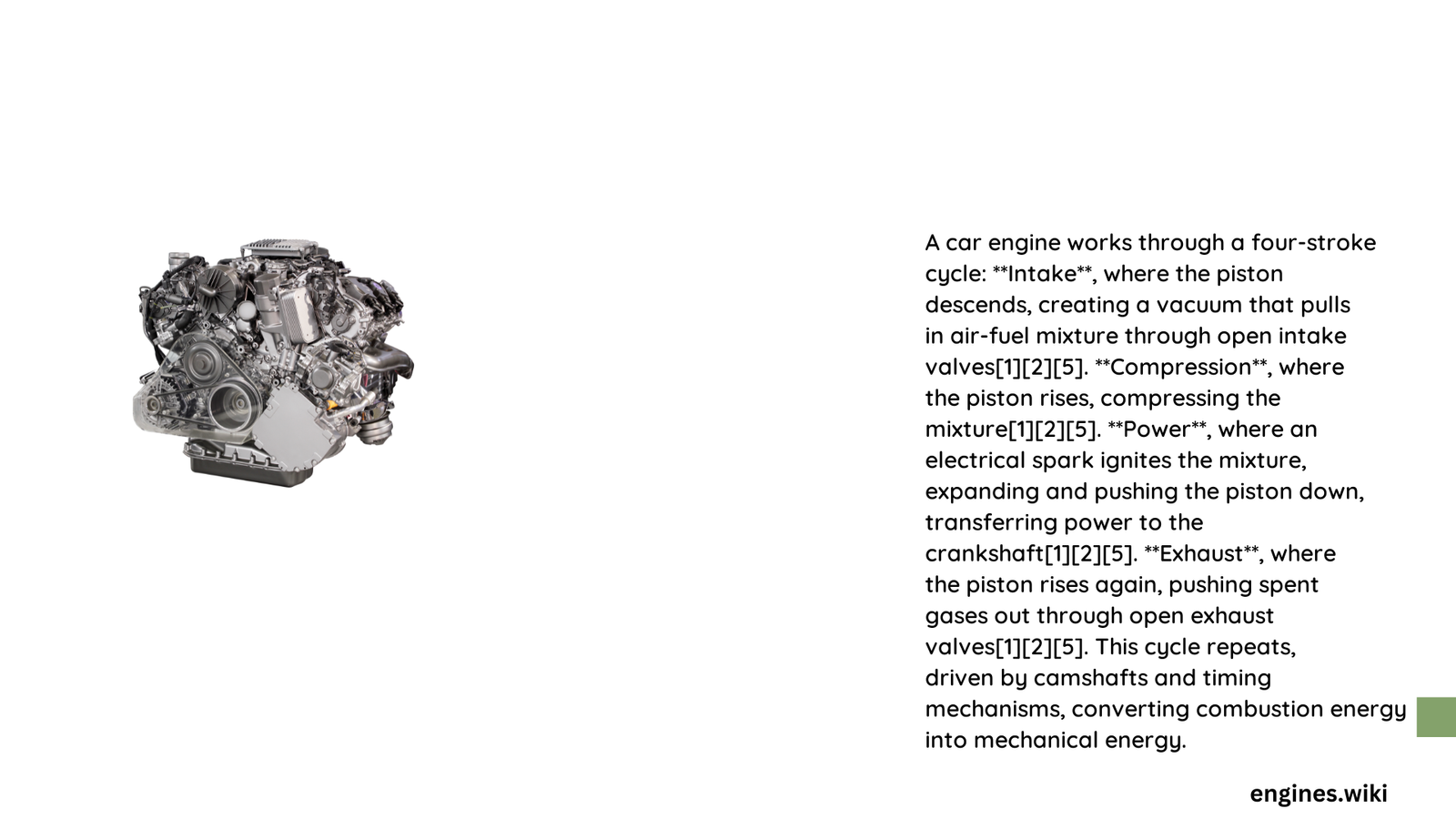Modern engine animations provide an extraordinary window into the complex inner workings of automotive powerhouses, revealing microscopic mechanical interactions that transform fuel into motion through sophisticated visual storytelling. These digital representations decode intricate engineering processes, allowing viewers to comprehend sophisticated mechanical choreography that occurs within milliseconds inside an internal combustion engine.
What Are the Core Components of Engine Animation?
How Do Animators Capture Engine Mechanics?
Engine animations require precise technical understanding and advanced visualization techniques. Animators utilize multiple strategies to represent mechanical movements:
Visualization Techniques
- 3D Modeling: Creating accurate component representations
- Physics Simulation: Mimicking real-world mechanical interactions
- Synchronized Movements: Demonstrating precise timing of engine components
What Software Enables Detailed Engine Animations?
| Software | Specialization | Cost Range |
|---|---|---|
| Blender | Open-source 3D | Free |
| Autodesk Maya | Professional Animation | $225-$250/month |
| SolidWorks | Engineering Simulation | $1,000-$10,000/year |
How Are Pistons Animated?
Piston animation represents the heart of engine visualization. Key aspects include:
- Linear Motion Representation
- Precise vertical movement within cylinder
- Accurate material and dimensional representation
-
Synchronized with crankshaft rotation
-
Material Simulation
- Aluminum or steel alloy texturing
- Realistic surface reflections
- Thermal expansion visualization
What Challenges Do Animators Face?
Animators encounter complex technical challenges:
– Capturing microsecond-level mechanical interactions
– Representing combustion process dynamics
– Maintaining physical accuracy
– Synchronizing multiple component movements
How Do Animations Enhance Understanding?
Engine animations transform abstract mechanical concepts into comprehensible visual narratives:
– Break down complex processes
– Provide transparent view of internal mechanisms
– Enable educational and technical communication
– Support engineering design and training
What Are Recommended Animation Parameters?
- Frame Rate: 24-60 frames per second
- Resolution: HD (1280×720) to 4K (3840×2160)
- Rendering Time: Varies based on complexity
- Computational Requirements: High-performance GPUs
Technical Precision in Animation
Successful engine animations demand:
– Collaboration with mechanical engineers
– Extensive research on engine dynamics
– Advanced computational modeling
– Attention to microscopic mechanical details
Cost Considerations for Professional Animations
- Software Licensing: $1,000-$10,000 annually
- Animator Rates: $50-$200 per hour
- Consultation Fees: $50-$200 per hour
- Hardware Investment: High-performance workstations
Conclusion

Engine animations represent a sophisticated intersection of engineering, visual design, and technological storytelling, transforming complex mechanical processes into accessible, engaging visual experiences.
